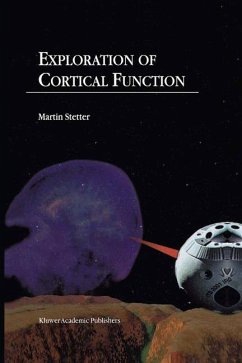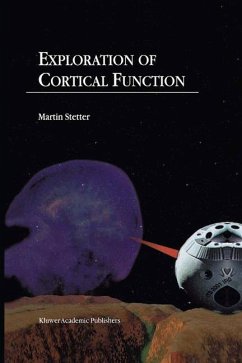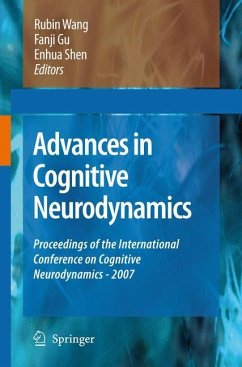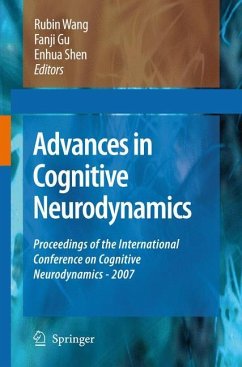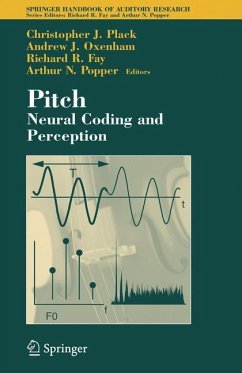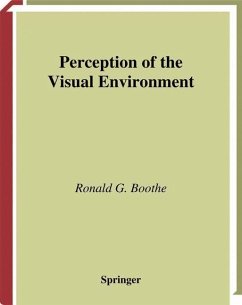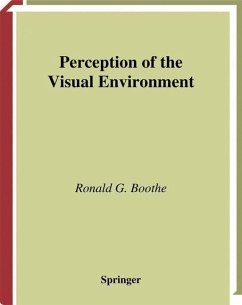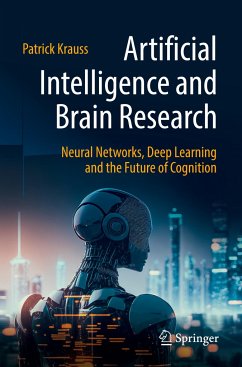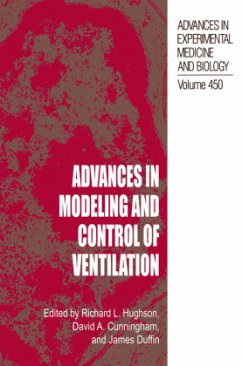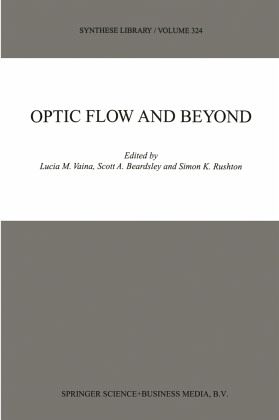
Optic Flow and Beyond

PAYBACK Punkte
76 °P sammeln!
Optic flow provides all the information necessary to guide a walking human or a mobile robot to its target. Over the past 50 years, a body of research on optic flow spanning the disciplines of neurophysiology, psychophysics, experimental psychology, brain imaging and computational modelling has accumulated. Today, when we survey the field, we find independent lines of research have now converged and many arguments have been resolved; simultaneously the underpinning assumptions of flow theory are being questioned and alternative accounts of the visual guidance of locomotion proposed. At this cr...
Optic flow provides all the information necessary to guide a walking human or a mobile robot to its target. Over the past 50 years, a body of research on optic flow spanning the disciplines of neurophysiology, psychophysics, experimental psychology, brain imaging and computational modelling has accumulated. Today, when we survey the field, we find independent lines of research have now converged and many arguments have been resolved; simultaneously the underpinning assumptions of flow theory are being questioned and alternative accounts of the visual guidance of locomotion proposed. At this critical juncture, this volume offers a timely review of what has been learnt and pointers to where the field is going.





